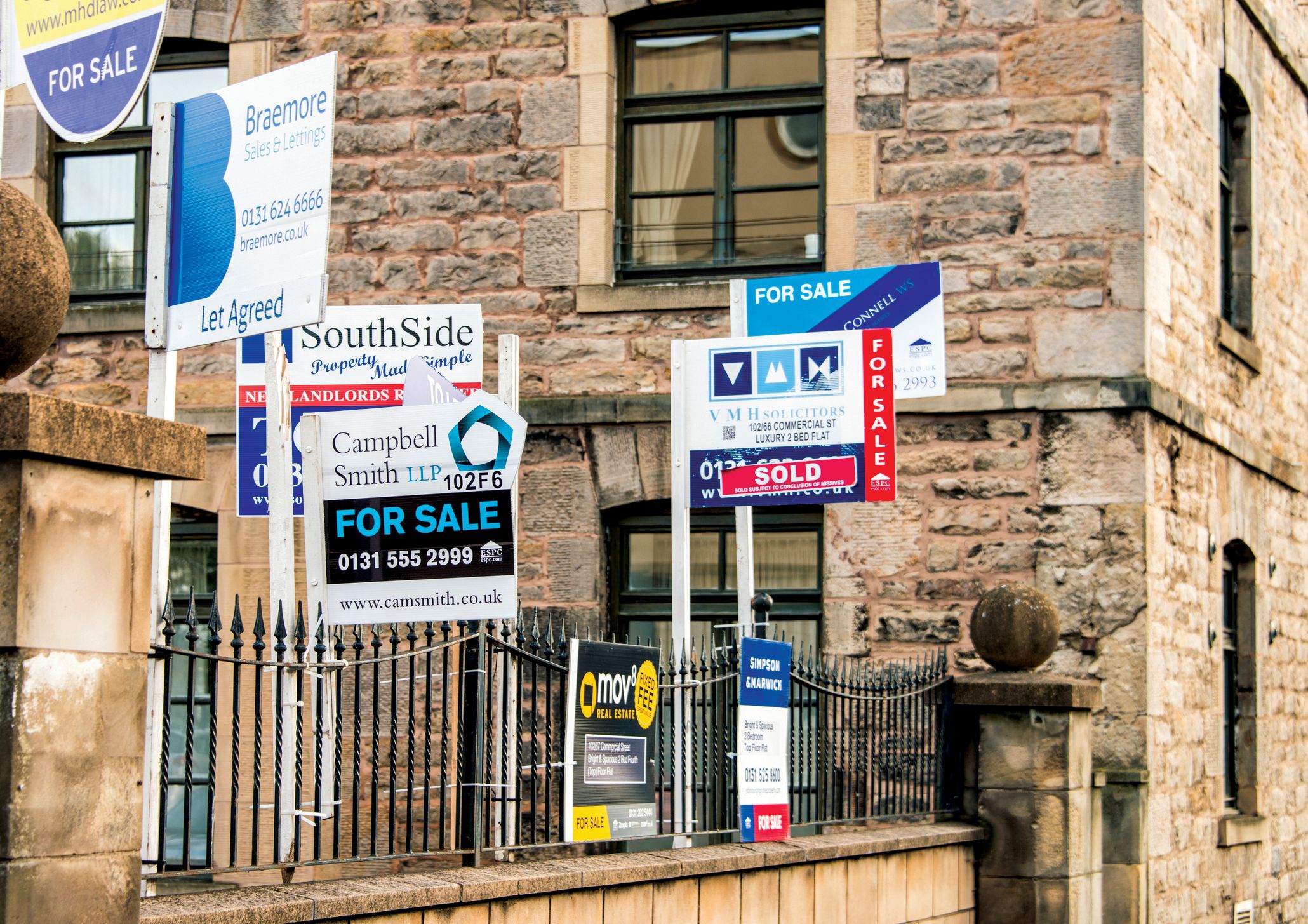
The average rent has risen by 11% in the UK over the past year according to Zoopla’s latest market index.
This means that the average rent paid by tenants is now £995 a month, compared to £897 last year.These higher rents are stretching affordability, with this figure now equating to around 37% of the salary of a single earner, and 18.5% for sharers.
Zoopla’s figures show that rents were rising fastest in London, with a 15% year-on-year increase. The lowest growth rate was in Scotland, where rents rose by just 6%.
The rate of rental growth gas gained momentum across most of the UK in the last six months the economy has moved out of Covid-related lockdowns, creating demand again in city centres.
Zoopla points out that this sharp growth comes after a period of moderate rental increases, with growth outside London pegged at between 1% and 4% for much of the last decade. Rental prices were also hit by the pandemic, with landlords across the UK seeing an average 1% fall in rents a year ago.
Not surprisingly rental demand is particularly acute in city centres, as students, office workers and international demand returns.
The Zoopla data showed tenancy lengths continue to rise, signalling that some renters may be ‘rolling over’ their rental contract in order to secure lower rent rises.
The data shows also showed that it is no taking landlords an average of 14 days to let a property.
Zoopla predicts that this rental growth will start to slow in the second half of this year, as the ‘bounce back’ eases and more challenging economic conditions emerge.
Zoopla head of research Gráinne Gilmore says: “High levels of demand amid constrained supply is still putting upward pressure on rents, but affordability pressures will mean an easing in rental price growth through the rest of 2022.”
Zoopla points out that the rental market is highly localised. For example it points out that rent accounts for 21% of joint income in Manchester, in the local area of Copeland, which includes the towns of Whitehaven and Cleator Moor, where average rent accounts for just 7% of average joint income. While some renters will be centred in a location due to family work or school, Zoopla points out there will be a proportion who are able to move to other areas in order to reduce rental outgoings. This trend may increase, particularly if other household bills and prices continue to rise sharply.
Gilmore adds: “However, the lack of supply is a wider structural issue in the private rented sector as buy to let landlords are not investing at the same pace as they were before tax changes which have been introduced since 2016. This will put a floor under rental growth.
“There is a question around rising interest rates and whether renters will feel the impact of rising mortgage rates for landlords. Most landlords will have fixed-rate mortgage deals, so this will not be happening across the whole market at once, but in these market conditions, local demand will determine whether landlords can pass on this increased cost, especially as living costs are rising.
“We expect rents to continue to rise this year, but at a more modest pace, with UK rental growth excluding London at 4.5% by the end of the year, which is in line with independent forecasts for earnings growth for 2022. We forecast London rental growth to be running at around 3.5% by the end of the year.”
Chestertons’ head of lettings, Richard Davies, says: “Tenants who secured a property at a discounted rental rate during the pandemic are keen to hold on to this deal as long as possible, particularly in the face of rising living costs.
“With the return of office workers, international students and corporate tenants alike, London’s rental market has seen unprecedented demand that is outstripping supply. This has created an extremely competitive market for tenants and many have begun offering landlords more rent than they are asking in order to secure a property.”
Hargreaves Lansdown senior personal finance analyst Sarah Coles adds: “The property market isn’t actually defying gravity: the 11% hike in rents over the past 12 months has been the hidden string holding it up.
“Rents have bounced back from falls during the pandemic. London, which suffered particularly during the race for space, has bounced back even harder.
“Enormous pressure from runaway bills, rises in mortgage costs, and big drops in consumer confidence has historically meant house prices started to weaken. And while nobody is ruling it out eventually, for now they are riding high. Rising rents are the missing piece of the puzzle for those trying to understand how house prices are still rising so quickly.”
She adds: “Although house prices may well rise more slowly in the coming months, we’re not seeing any widespread conviction that house prices will actually fall – so you could still see property get more expensive while you wait.
“There’s also a hidden benefit for mortgage holders from inflation, because it erodes the value of your debt. Anyone borrowing this time last year will have seen inflation eat up 7% of the real value of their debts – even before you factor in any repayments.”


